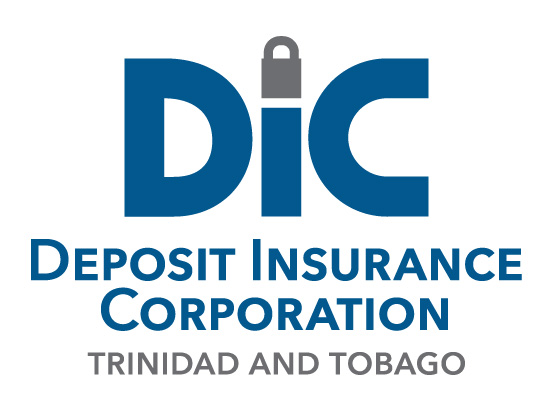- How does a depositor establish an insurance claim?
Prior to any payment being made, every depositor will be required to provide original evidence of deposit ownership, such as a passbook, certificate of deposit, or the last statement (with paid cheques if applicable), and fill out an official claim form. DIC officials can assist with the filing of claims. Passbooks, certificates of deposit and other documents used to establish the claim for insurance must be surrendered on receipt of the deposit insurance payment.
- Must a claim be filed in person?
No. Those who are unable to attend in person may file claims by mail. Correspondence should be forwarded to the DIC using our official contact information.
- When must a depositor file a claim?
A depositor must file a claim for insurance on the official claim form within 12 months from the date of closure of the financial institution. Official claim forms are available from the DIC. It is advisable that claims be filed as soon as possible after the announcement of closure. Claims not filed within the 12 month period are not eligible for deposit insurance. If the 12 month period has passed, a creditor’s claim by affidavit must then be filed with the Court-appointed Liquidator which may be the DIC. Liquidation claims are required to be filed for all classes of creditors: preferential, secured or unsecured.
- Who should file a claim if more than one person is authorised to draw on an account?
A claim must be filed by a person authorised to make withdrawals from the account. For example, a claim for deposit insurance on an account where either of two parties was authorised to sign for withdrawals may be made by either party. If two signatures were required to make withdrawals, both signatures will be required on the claim for deposit insurance.




